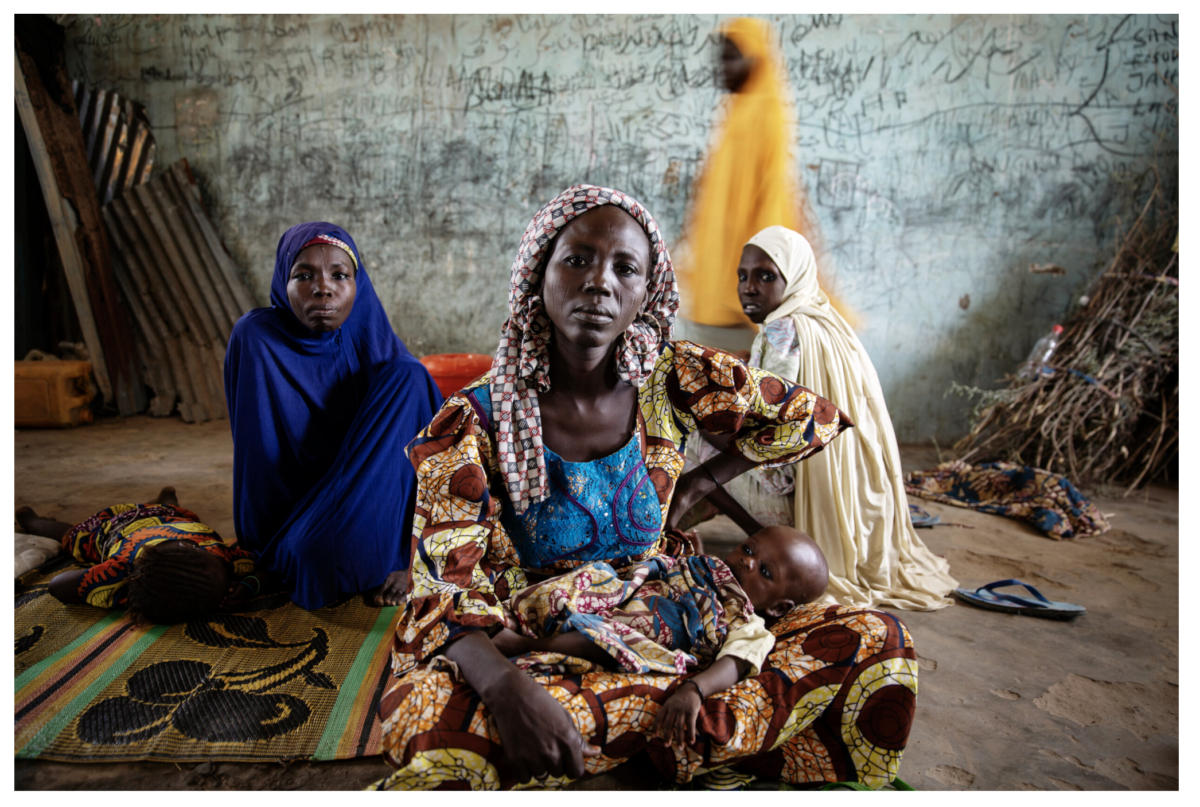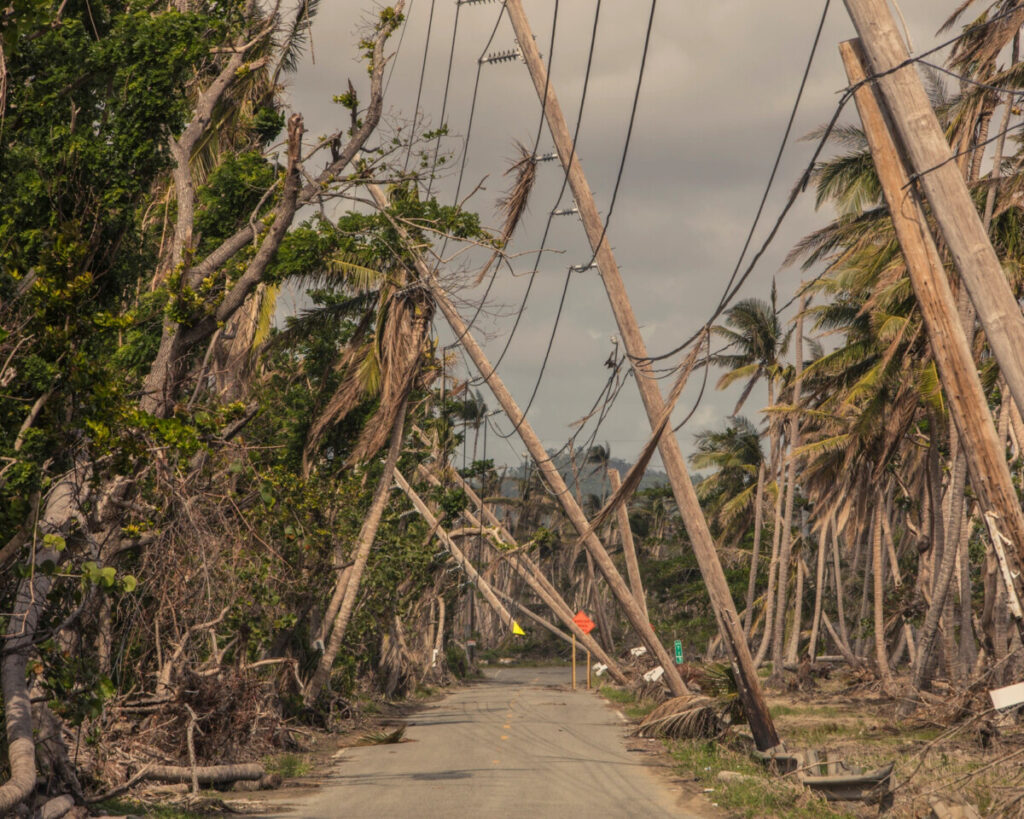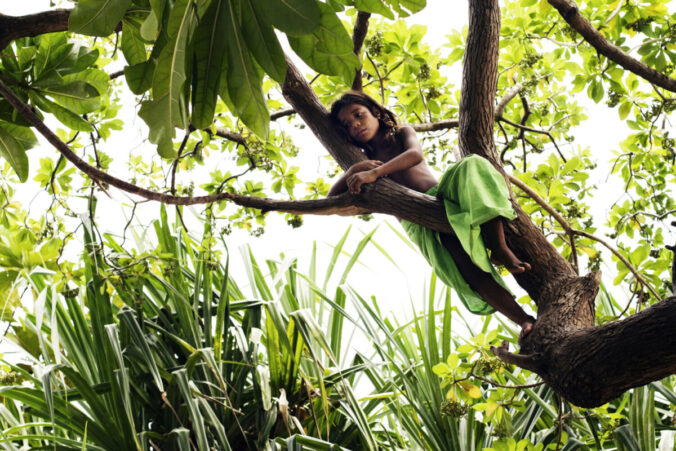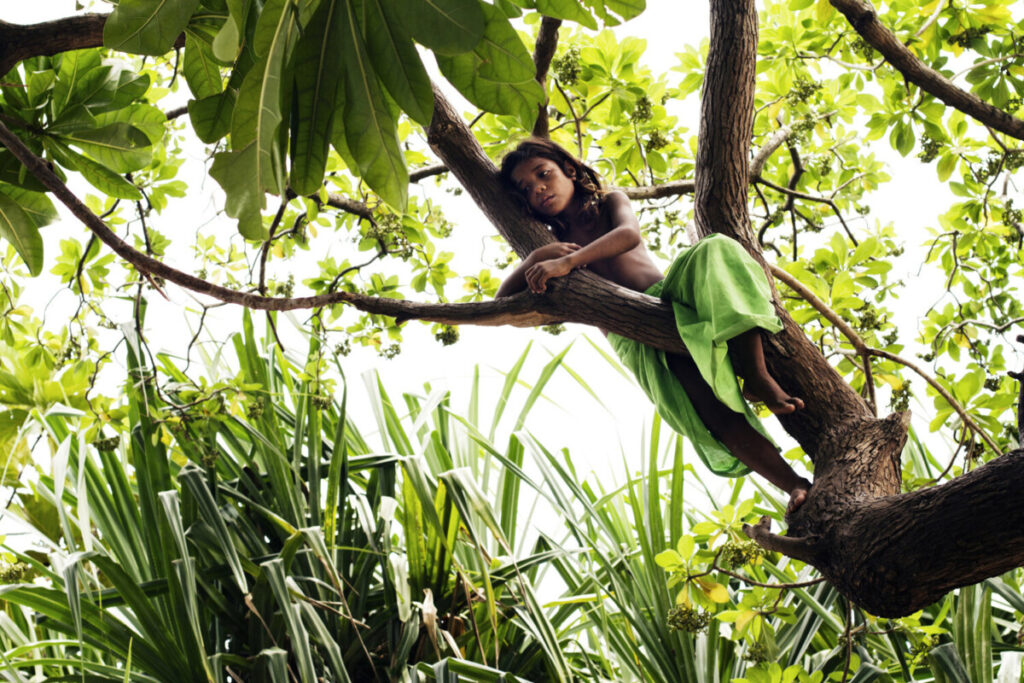Identify the lighting style used including the angle of view, lighting pattern: Rembrandt, split, butterfly light, broad or shot light. How much fill is used to brighten the shadows? How is a background light used to separate the subject from the background? What is the palette? How tight is the framing?What is the angle of view?
- Lighting Pattern: Butterfly Lighting
- How much fill is used to brighten the shadows? – Used a reflector below the subjects face to soften shadows.
- How is a background light used to separate the subject from the background? – The background light is pointing at the backdrop to create a round spotlight of the red and a vignette effect around the top of the subject. It also adds a little bit of glow around the shoulders and hair.
- What is the palette? – Red, Black and White
- How tight is the framing? – Medium Close Up
- What is the angle of view? – Eye level













Recent Comments